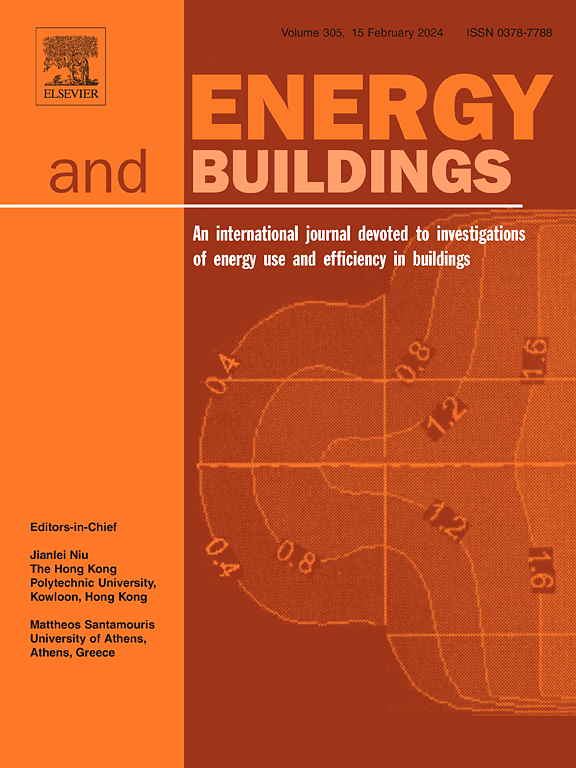RCSGAN:残差特征循环半生成对抗网络在极稀缺标记数据下的冷水机组故障诊断
IF 6.6
2区 工程技术
Q1 CONSTRUCTION & BUILDING TECHNOLOGY
引用次数: 0
摘要
冷水机组的故障诊断对设备维护和节能具有重要意义。基于半监督学习的方法通过学习大量未标记数据中包含的信息,缓解了模型对标记数据的严格依赖。然而,冷水机组的动态耦合特性和多故障严重程度导致其数据在低维空间中的类间可分性较差,使得现有模型难以从未标记的数据中提取足够的信息,其性能往往严重依赖于标记样本的数量。为此,提出了一种基于残差特征环半生成对抗网络(RCSGAN)的故障诊断方法。该方法通过提取残差特征来增强类间可分离性,使模型能够从未标记的数据中挖掘出更有效的信息。此外,提出了一种结合伪标签选择方法的循环训练策略,以进一步降低模型对标记数据量的依赖。在ASHRAE研究计划1043 (RP-1043)数据集和真实数据集上的实验结果表明,即使在标记数据极其稀缺的场景下,该方法仍然具有良好的故障诊断性能。与RP-1043数据集上现有的先进方法相比,RCSGAN在每个类别只有一个标记样本的情况下,故障诊断准确率提高了26.16%。本文章由计算机程序翻译,如有差异,请以英文原文为准。
RCSGAN: Residual feature cycle semi-generative adversarial network for chillers fault diagnosis under extremely scarce labeled data
The fault diagnosis of chillers is of significant importance for equipment maintenance and energy saving. Semi-supervised learning based methods alleviate the model’s rigid dependence on labeled data by learning from the information contained in a large amount of unlabeled data. However, the dynamic coupling characteristics and multi-fault severity levels of chillers result in poor inter-class separability of their data in low dimensional space, making existing models struggle to extract sufficient information from unlabeled data, and their performance tends to rely heavily on the number of labeled samples. Therefore, a fault diagnosis method based on residual feature cycle semi-generative adversarial network (RCSGAN) is proposed. This method enhances the inter-class separability by extracting residual features, allowing the model to mine more effective information from unlabeled data. Additionally, a cyclic training strategy combined with a novel pseudo-label selection method is proposed to further reduce the model’s reliance on the quantity of labeled data. Experimental results on the ASHRAE Research Project 1043 (RP-1043) dataset and real datasets show that the proposed method still achieves good fault diagnosis performance even in scenarios with extremely scarce labeled data. With only one labeled sample per category, RCSGAN improves the fault diagnosis accuracy by 26.16% compared with the current advanced methods on the RP-1043 dataset.
求助全文
通过发布文献求助,成功后即可免费获取论文全文。
去求助
来源期刊

Energy and Buildings
工程技术-工程:土木
CiteScore
12.70
自引率
11.90%
发文量
863
审稿时长
38 days
期刊介绍:
An international journal devoted to investigations of energy use and efficiency in buildings
Energy and Buildings is an international journal publishing articles with explicit links to energy use in buildings. The aim is to present new research results, and new proven practice aimed at reducing the energy needs of a building and improving indoor environment quality.
 求助内容:
求助内容: 应助结果提醒方式:
应助结果提醒方式:


